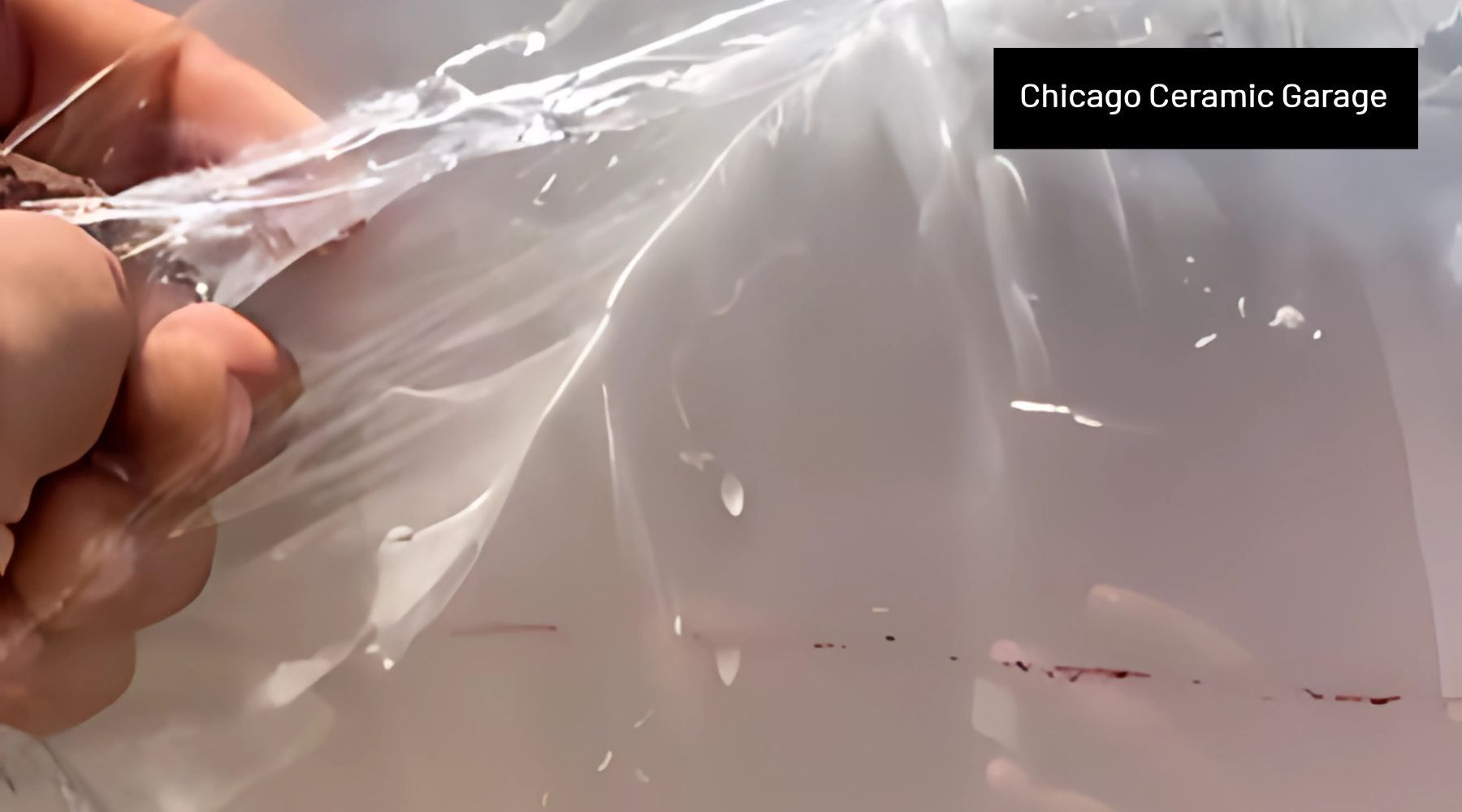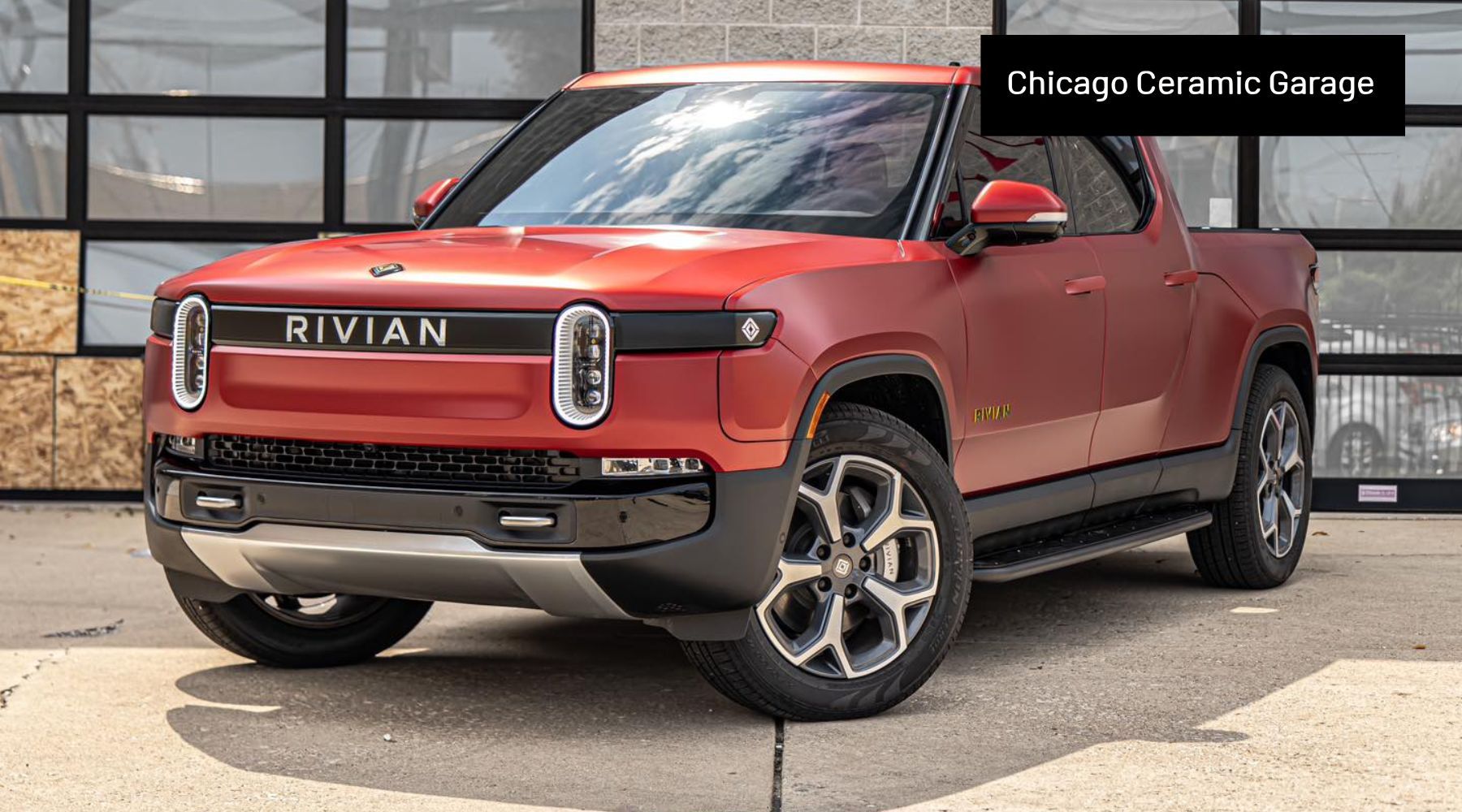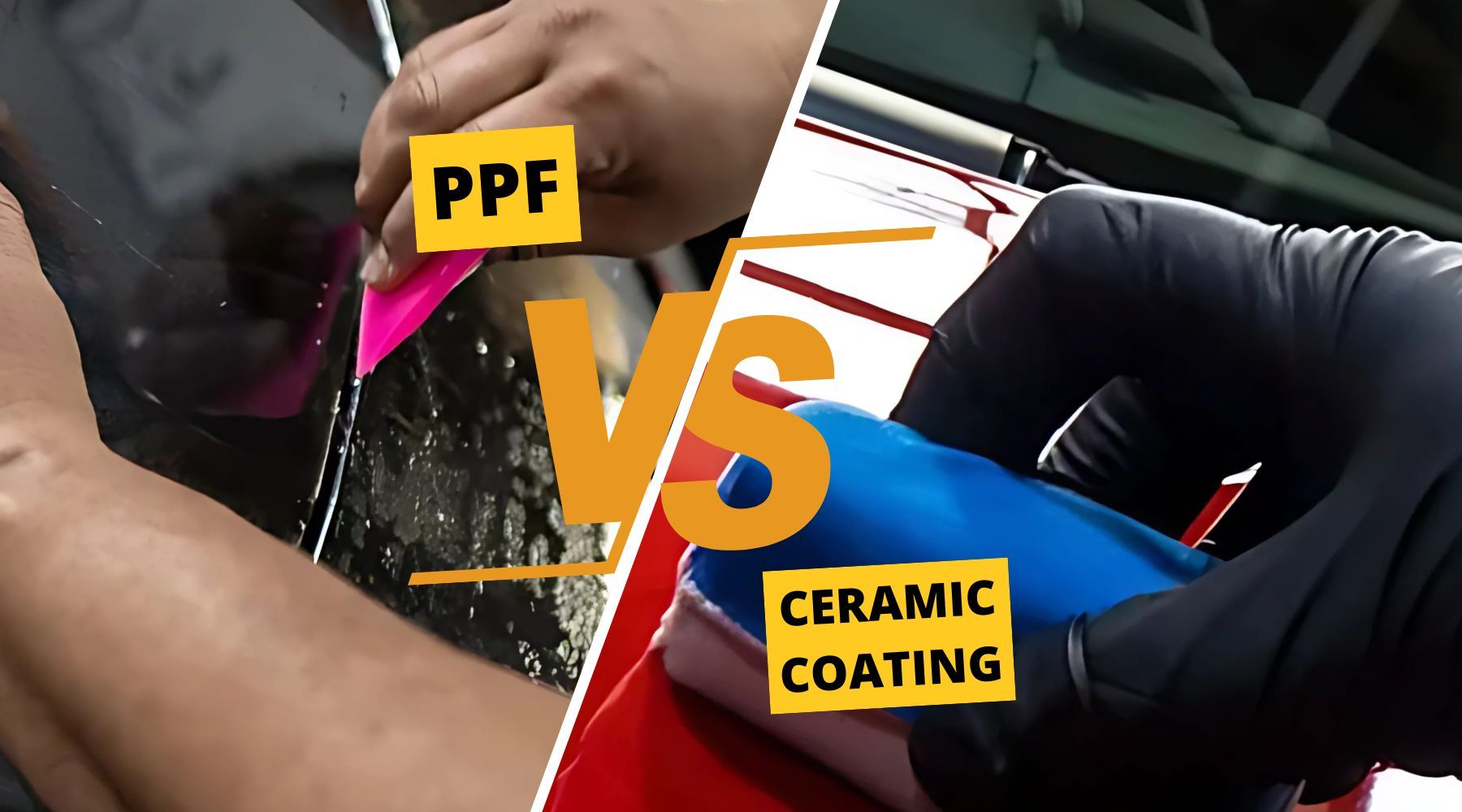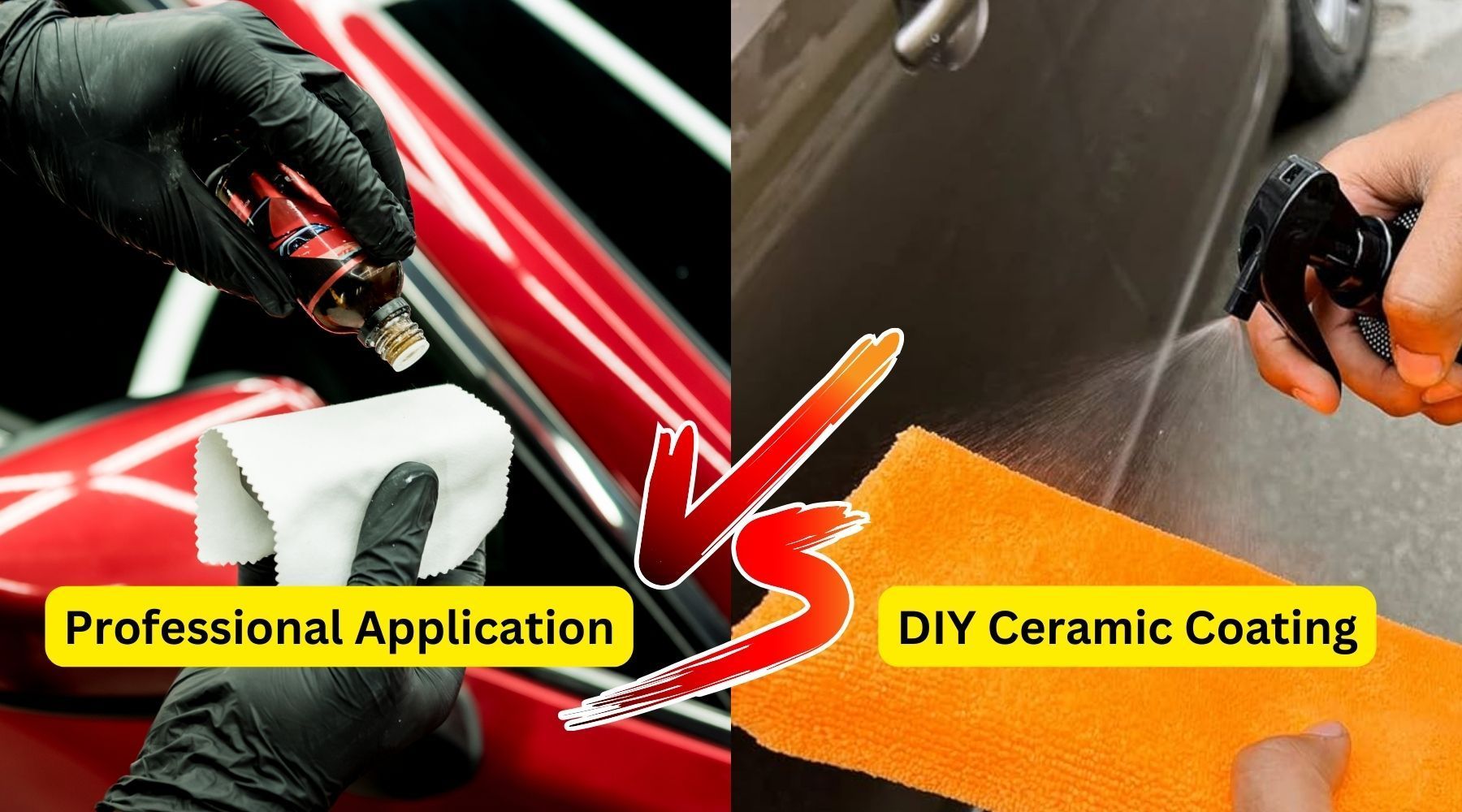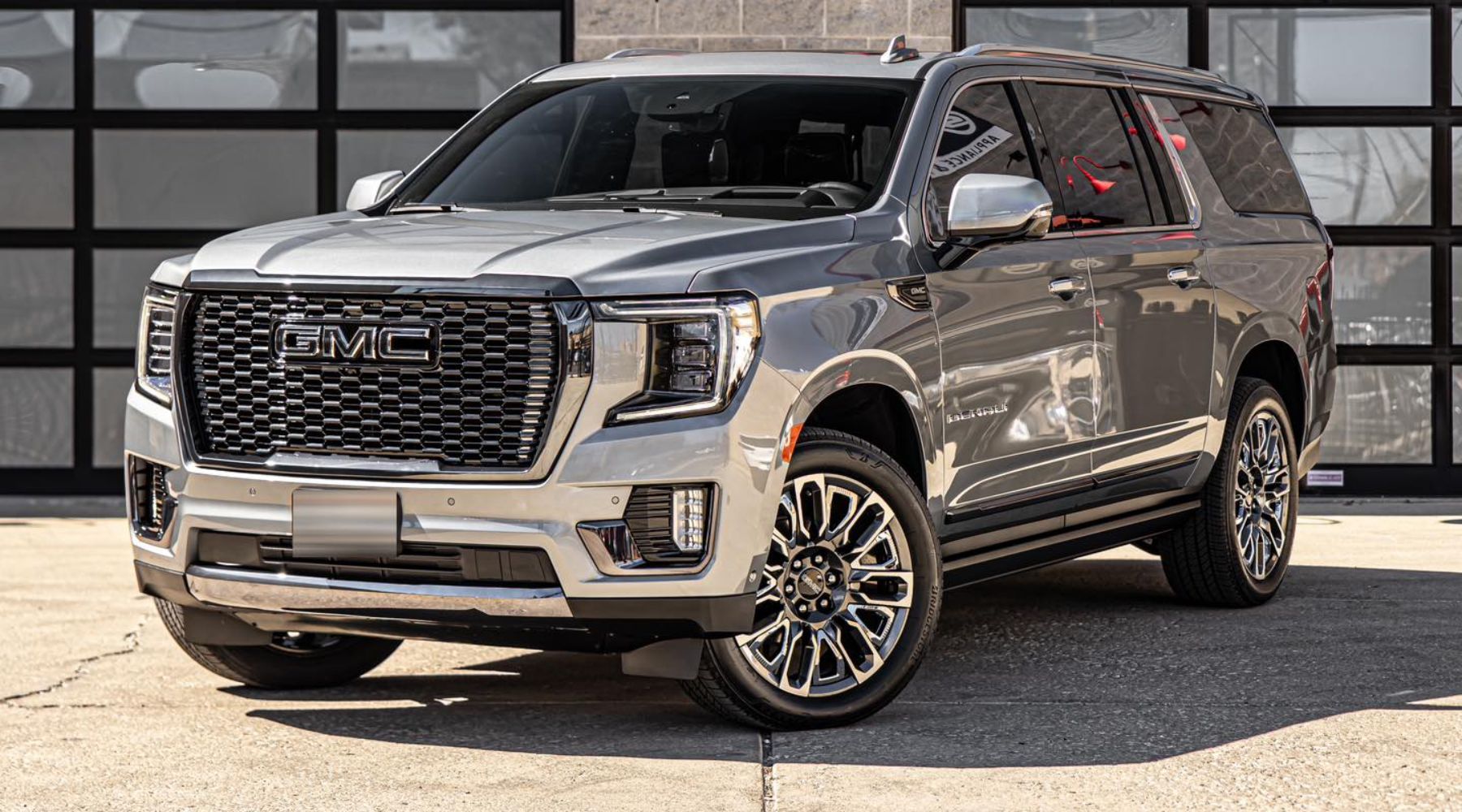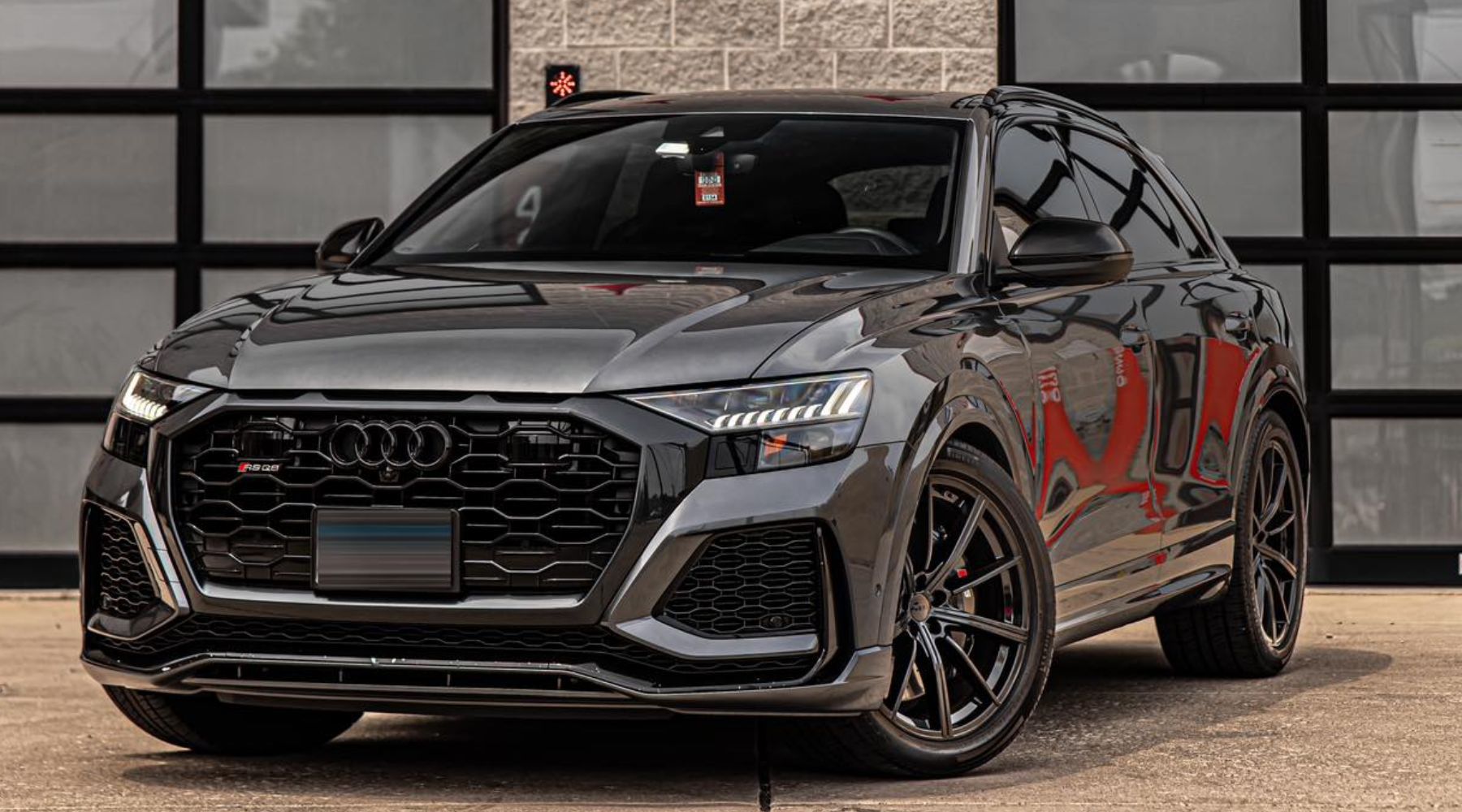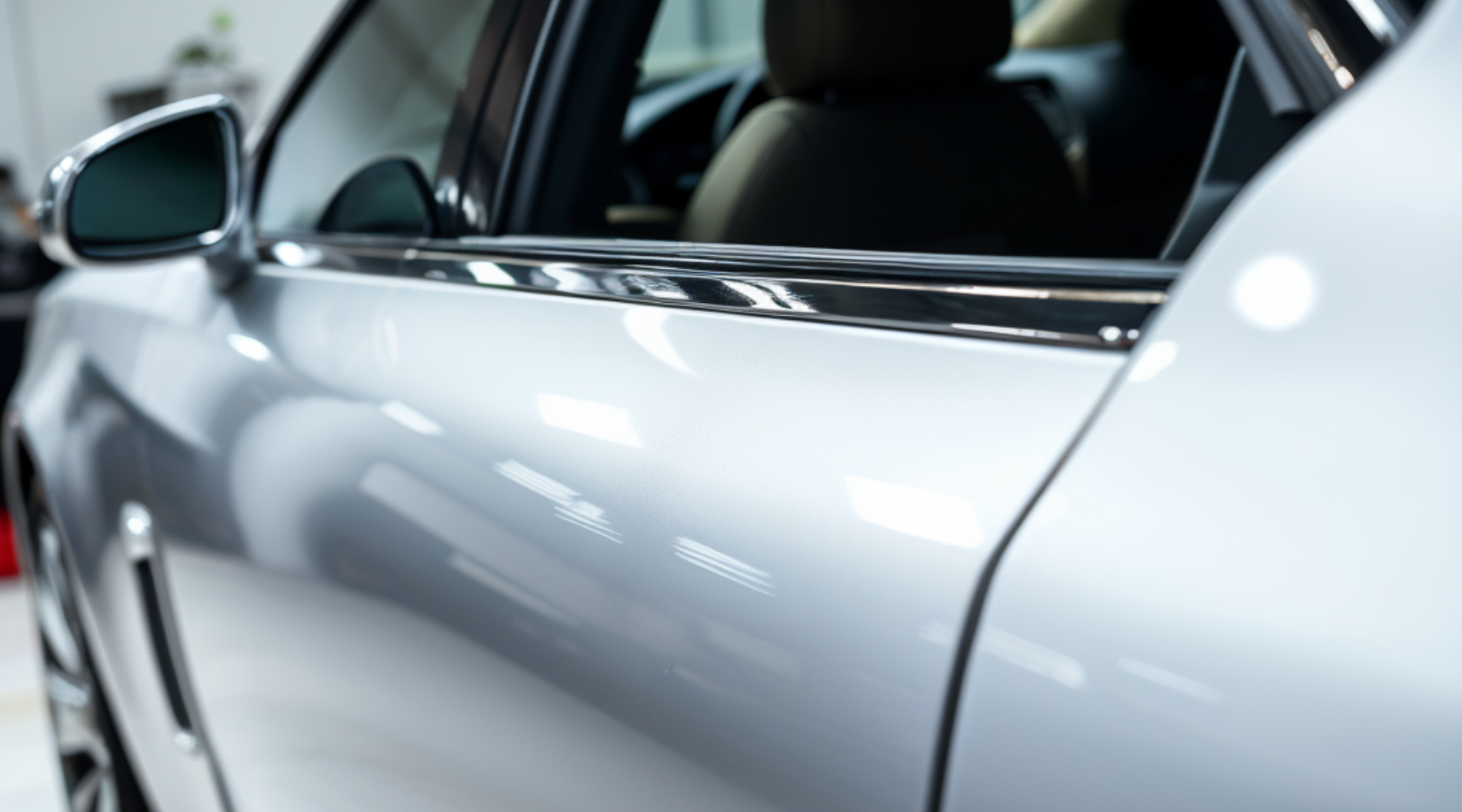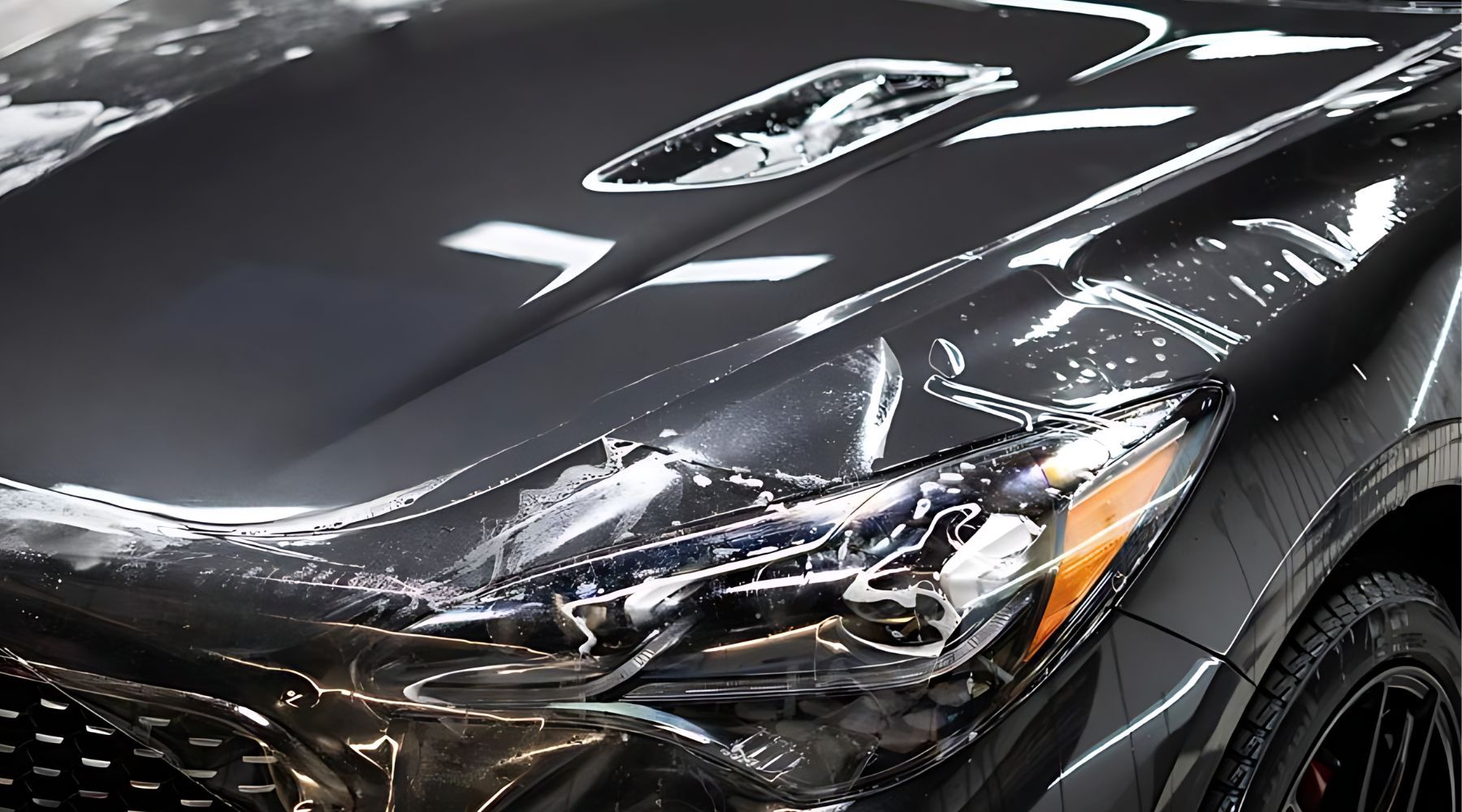How long does it take to put PPF on a car?
Car paint protection film installation guide, Best paint protection film installers Chicago, Illinois, Cost of installing paint protection film in Chicago, Illinois, PPF installation tips and tricks Chicago, Illinois
Paint Protection Film (PPF) is one of the best investments you can make to keep your car's paint looking pristine. It protects against scratches, chips, and environmental damage and preserves the vehicle's finish for years to come. But if you're considering PPF for your car, you might wonder: How long does it take to put PPF on a vehicle? Let's dive into the process and explore the factors influencing installation time.
What is Paint Protection Film (PPF) and Why Is It Important?
Paint Protection Film, often called PPF or "clear bra," is a thin yet durable layer applied to the car's exterior. It protects against minor abrasions, road debris, and even UV damage. For car owners in Chicago, where weather conditions can be unpredictable, PPF offers year-round protection from salt, dirt, and harsh elements.

At Chicago Ceramic Garage, we specialize in applying PPF to everything from daily drivers to luxury vehicles, ensuring your car stays protected, regardless of what the road throws at it.
Factors Affecting PPF Installation Time
Several factors influence how long it takes to install PPF on a car:
Vehicle Size and Type: Your vehicle's size plays a significant role in the installation's length. Smaller cars typically take less time, while larger vehicles, like SUVs or trucks, can require additional hours to complete. A small sedan may be done in 4-6 hours, but an SUV could take 8-10 hours or more.- Type of PPF Application: Whether you get a partial front-end application or opt for complete vehicle coverage also impacts the installation time. For example, applying PPF to just the front end usually takes 1-2 days, while covering the entire car can take 3-5 days.
The complexity of your car's design also plays a part. Curvier, more intricate surfaces require more precision, which can extend installation times.
The PPF Installation Process Explained
Installing PPF isn't a quick or straightforward job—precision is critical. Here's a breakdown of the process:
Surface Preparation
Before applying the film, it's crucial to thoroughly clean and prepare the car's surface. This step is often the most time-consuming because any dirt, wax, or imperfections must be removed. A clean surface ensures that the film adheres smoothly without bubbles or wrinkles.

This prep work is vital for cars in areas like Chicago, where road salt and grime can quickly build up. Proper preparation leads to better results and extends the life of the PPF.
Applying the Film
Once the car is prepped, the film is custom-cut for each panel. The installer carefully places and adjusts the film by hand, ensuring it fits perfectly over the car's contours.

Tools like squeegees smooth out any air bubbles, and the film is meticulously aligned for a flawless finish. This step requires patience and skill, so at Chicago Ceramic Garage, we only trust certified professionals to handle the job.
Drying and Curing Time
After applying the PPF, the film needs time to set and adhere properly. Depending on the film and environmental factors like temperature, drying time can vary.
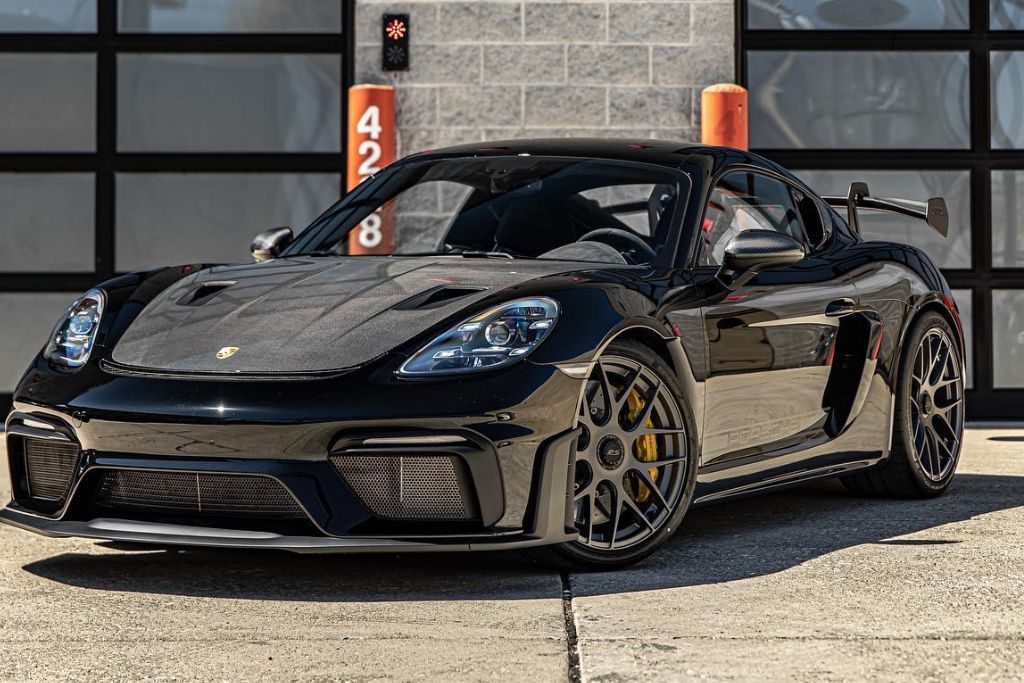
Most installations require 24-48 hours of curing, though some films may take up to two weeks to fully cure. During this time, it's recommended to avoid washing the car or exposing it to harsh conditions.
How Long Does It Take to Put PPF on a Car?
So, how long does the entire process take? It depends on the extent of the PPF application and the size of the vehicle:
- Partial Front or Full Front Coverage: This typically takes 1-2 days. This option is popular for car owners who want to protect high-impact areas like the hood, fenders, and side mirrors.
- Full Vehicle Coverage: If you're protecting your entire car, expect the installation to take around 3-5 days. This might extend to 5-7 days for larger or more complex vehicles.
- Single Panels (e.g., door, bumper): The job can be done in just a few hours if you're just replacing or covering a single panel.
Remember, the more intricate your vehicle's design, the more time it may take to ensure a perfect fit. At Chicago Ceramic Garage, we believe in taking the necessary time to get it right—because the goal isn't just to apply the film and ensure it lasts for years.
Professional vs. DIY PPF Installation: Why Experience Matters
While DIY kits are available for PPF installation, they often come with significant challenges. From the precision needed to apply the film smoothly to the special tools required, it's not as easy as it might seem. A DIY job can often lead to visible bubbles, misalignments, or peeling.
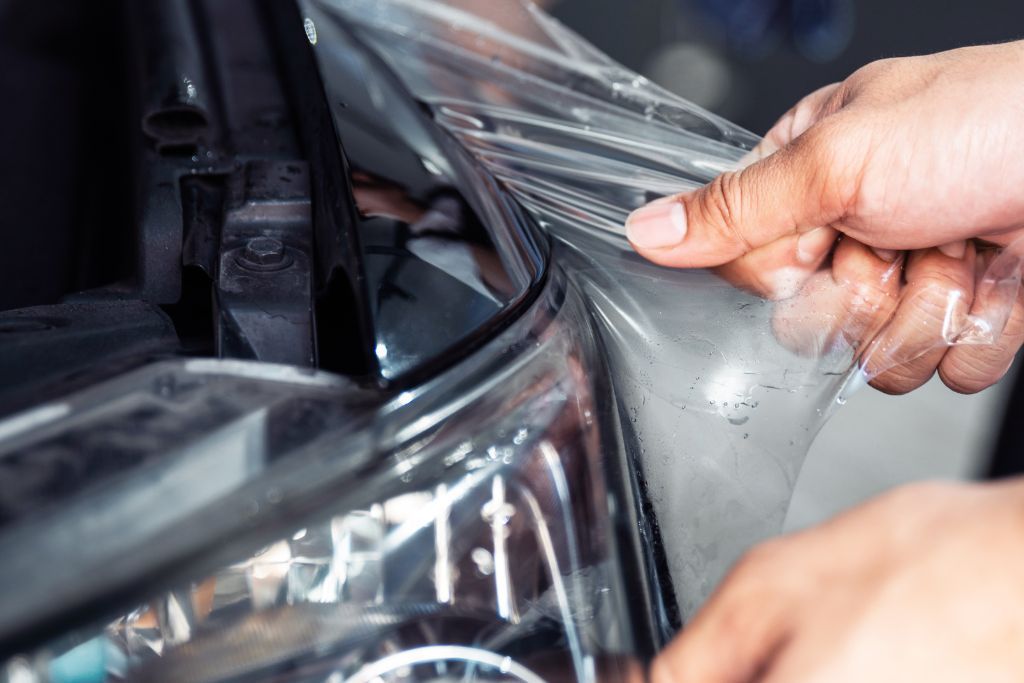
This is why professional installation is worth the investment. At Chicago Ceramic Garage, we're certified to install PPF from industry leaders like XPEL and IGL. Our expert team ensures that every corner, curve, and edge of your car gets the protection it deserves. And unlike DIY kits, professional installation comes with warranties, giving you peace of mind that your vehicle is safe.
Learn more about the benefits of Paint Protection Film in Chicago by visiting this blog.
Tips for Preparing Your Car for PPF Installation
To make the installation process smoother (and quicker), preparing your car before bringing it in is essential. Here are some tips:
- Wash Your Car: While the installer will still clean your vehicle, bringing it in freshly washed helps speed up the prep process.
- Remove Any Wax or Coating: Any wax, sealants, or coatings on the car can prevent the PPF from adhering correctly. Make sure these are removed before installation.
- Schedule Paint Correction (if needed): If your car has noticeable scratches or imperfections, consider scheduling a paint correction service before applying PPF. This ensures a smooth finish under the film.
What to Expect After PPF Installation: Post-Installation Care
Once your PPF is installed, taking care of it properly is essential to ensure longevity. Here are some quick aftercare tips:
- Wait Before Washing: After PPF installation, you should wait at least 48 hours before washing your car. This allows the film to fully adhere to the surface and prevents water or soap from interfering with the process.
- Handle with Care: During the curing period, avoid placing heavy objects on the car or parking them under extreme heat, which can affect the film's drying process.
At Chicago Ceramic Garage, we provide our customers with detailed aftercare instructions so you'll know exactly how to keep your car looking its best after installation.
Conclusion
In short, installing PPF on a car depends on several factors, including the vehicle's size and the extent of the coverage. Whether you're protecting the front end or going for full-body coverage, it's worth investing time and money. And when you entrust your vehicle to professionals like those at Chicago Ceramic Garage, you'll enjoy top-tier service with results that last for years.
So, if you're ready to give your car the ultimate protection, contact us today to
schedule your PPF installation. After all, your vehicle deserves the best!
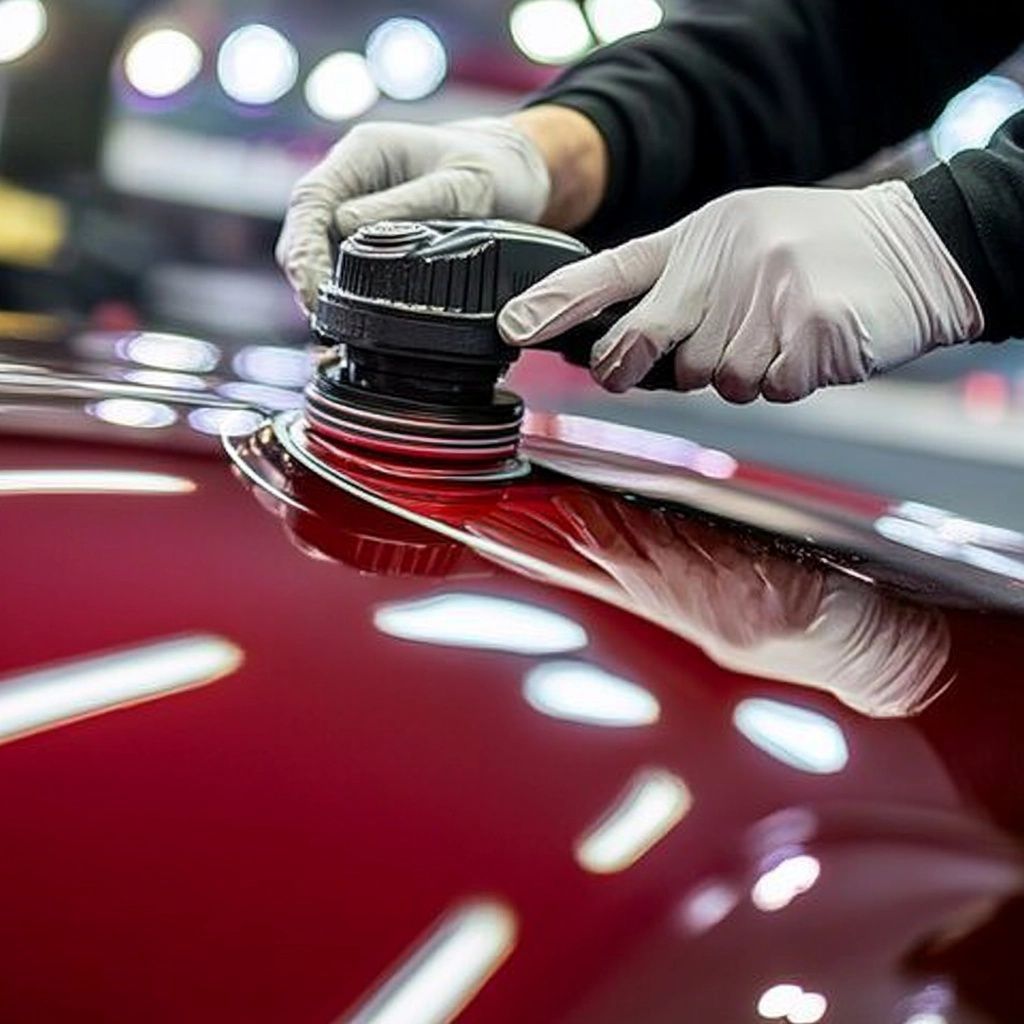
Looking for a detailing shop that can provide you with the automotive perfection that you need and deserve? Look no further than Chicago Ceramic Garage. We place an extreme emphasis on correcting your vehicle’s paintwork and thereafter, safeguarding it against future abrasions and environmental damage. We offer professional services to our clients, and are determined to provide exceptional results every time. Consider Chicago Ceramic Garage for all your paint correction, ceramic coating, and clear bra needs.
QUICK LINKS
OUR LOCATION
4226 N Pulaski Rd, Chicago, IL, United States
CONTACT US
Phone: (312) 825-8518
Designed by the team at Detailers Roadmap, a platform developed for detailing operators across the globe.
All Rights Reserved | 8bitcreative, LLC | Chicago Ceramic Garage
